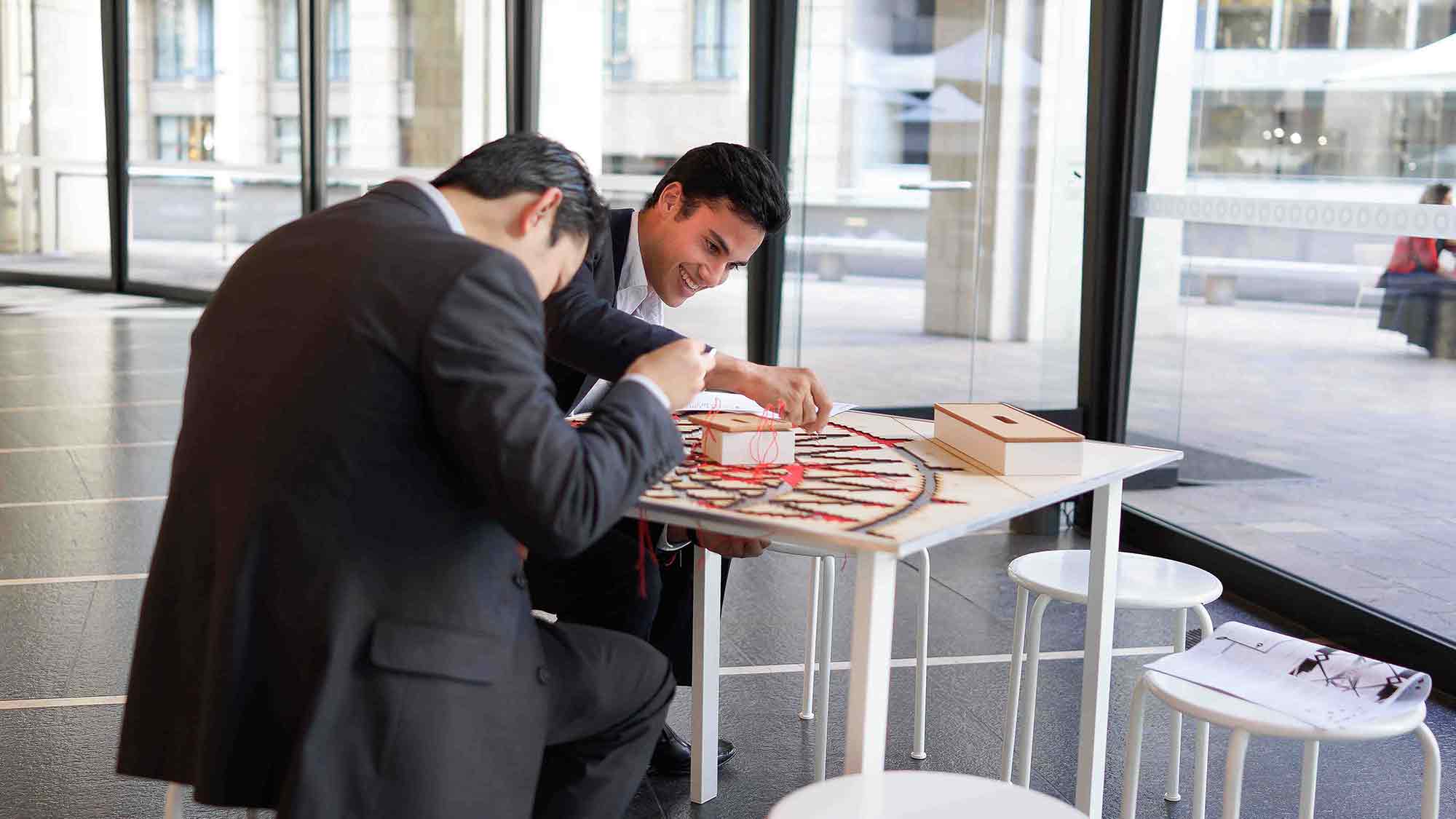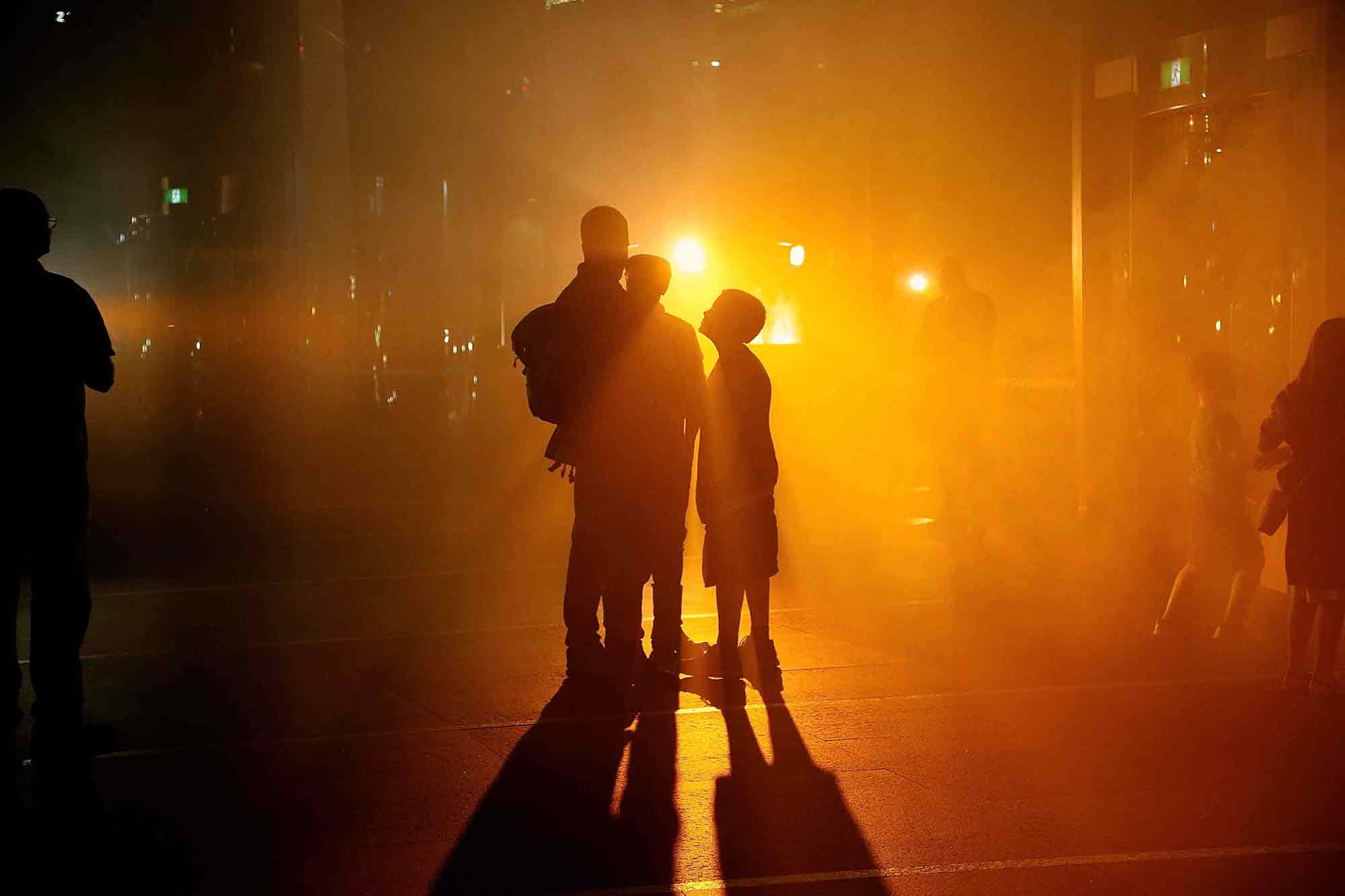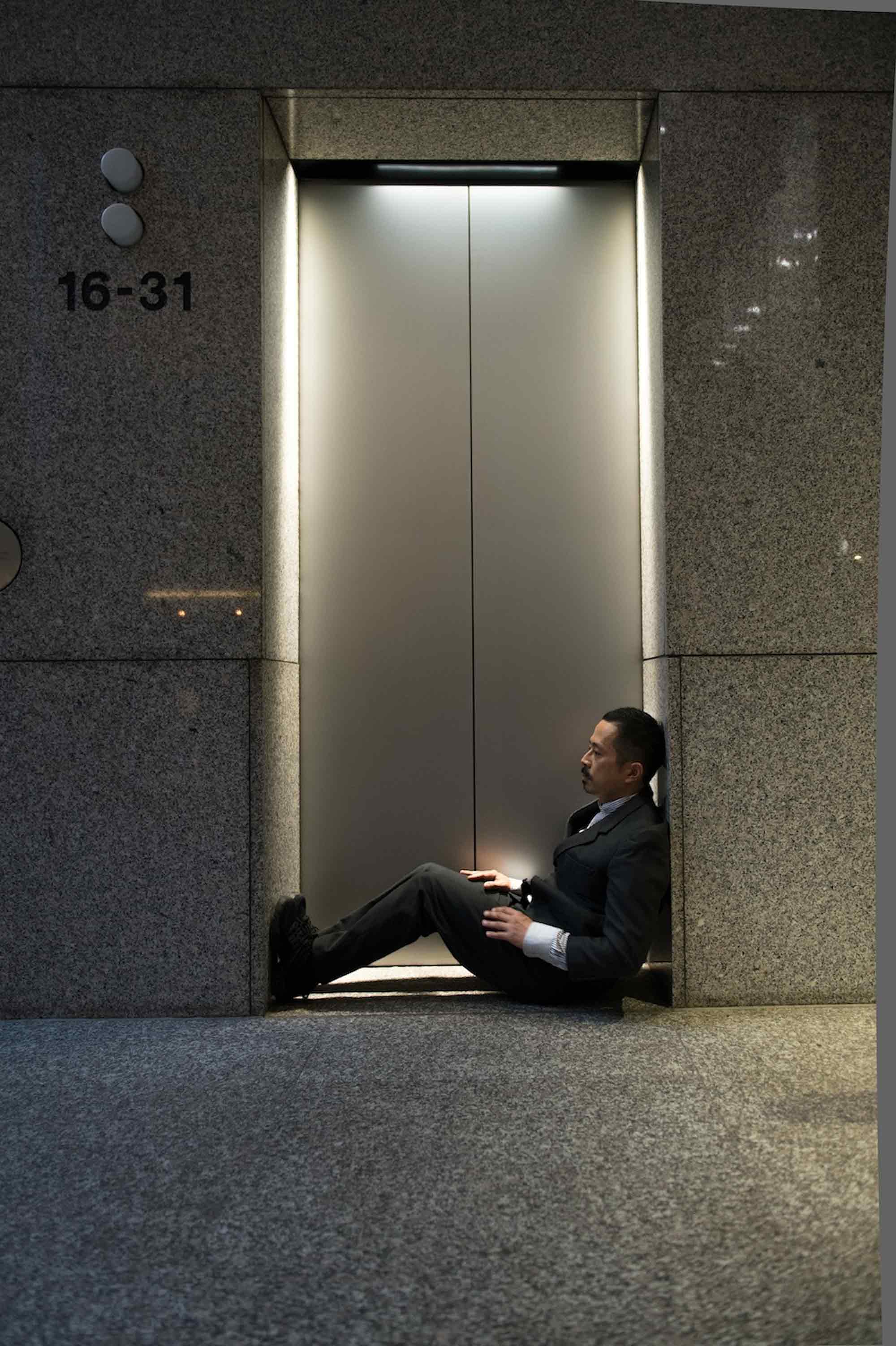- Login
Critical Spatial Practice






‘Expanded Architecture … reveal(s) some of the possibilities offered by thinking about alternative architectural and artistic practices, as well as highlight the ways in which questions about architecture’s disciplinary edges remain alive.’ Alexandra Brown, Architectural Theory Review, 22, n. 2 (2018) pp. 292–95
‘Expanded Architecture … reveal(s) some of the possibilities offered by thinking about alternative architectural and artistic practices, as well as highlight the ways in which questions about architecture’s disciplinary edges remain alive.’ Alexandra Brown, Architectural Theory Review, 22, n. 2 (2018) pp. 292–95
Expanded Architecture was conceived as a series of exhibitions that look at the use of art practices to examine various phenomenological, social and critical aspects of architecture. Since 2010, Expanded Architecture has been part of Sydney Architecture Festival, its first iteration was held at the Clubhouse in Performance Space, Sydney as Australia’s first international architectural film festival showcasing over 30 single screen works as an inquiry into interdisciplinary practices between architecture and the moving image. Following on from this in 2011, Expanded Architecture expanded its direction to include multi-screen, interactive and projection art, in the architecturally, historically and socially critical context of the CarriageWorks building, Sydney. In 2013, Expanded Architecture at The Rocks Pop Up focused on the theme of Reverse Projections – the potential of multifarious aspects of the urban environment to be drawn into site-specific practices instead of projecting ideas and art works out into the urban-space it draws them inward, condensing and concentrating various potent aspects of the built environment. In 2014 the exhibition was held simultaneously in the foyer spaces of three iconic Harry Seidler buildings in Sydney’s CBD, for a one-night only light exhibition. The works enabled a shifted experiential encounter with these iconic buildings, as well as create a unique dialogue between the buildings, and art and architecture.
Dr Sarah Breen Lovett is Postdoctoral Research Fellow and Manager of the Future Building Initiative at Monash University, funded by the Faculties of Art, Design and Architecture and Engineering. With a prominent art practice and curatorial career, she has been exhibited in many international and national exhibitions and festivals. Notably her curatorial project, Expanded Architecture was held at CarriageWorks Sydney, The Rocks Pop up, Harry Seidler’s Sydney CBD buildings, with symposium at the Museum of Sydney. Sarah was also co-curator on the Cinecity Architectural Film competitions, it rose to international attention with judges such as Bernard Tschumi, Zaha Hadid, Jane Rendell and Juhani Pallasmaa. Writing on substantial curatorial projects has been published, including Expanded Architecture as in Bauhaus Edition 47.
Since the 1960s, interdisciplinary crossovers amongst art, cinema, performance and architecture have been referred to as ‘expanded.’ Thus, the title of this exhibition series, Expanded Architecture, was developed within the lineage of such practices as expanded art, expanded cinema, expanded field, and expanded spatial practice. In each of these practices, the term expanded was first used in very specific ways, but then was broadly employed in a less-defined manner as the terminology became adopted, morphed and adapted to suit various interpretations.
Despite the unarguable expansive connotations of the term expanded, when used in association with interdisciplinary practices, it does not refer to an indefinite expansion into other disciplines. Rather, here it is used to refer to an internal interrogation of one’s own discipline through the lens of other disciplines, that is, expanded architecture questions what the parameters of architecture are and how they can be examined through other practices, such as installation, performance, moving image, sound art, and so on. It is an eternal expansion of depth into the unknown that can be considered infinitely richer than expanding in all directions. It is hoped that if expanded, and expanded architecture continues to be used as a term, it will shed new light on architecture, opening up new cracks in the wall to reveal and reconstruct our spatial, material, sensorial, mental, social, cultural, and metaphysical relationships to it in built form and as a discipline.
Expanded Architecture also reflects upon reflective of Rendell’s discussion around expanded spatial practice and critical spatial practice, because of its implied relationship to the spectator and situated-ness within various contexts. Rendell coined the term ‘expanded spatial practice’ in 2009 as ‘an expanded consciousness of space: thinking and practicing space in an expanded sense might then place emphasis on interior spaces of the psyche as well as those external landscapes, but also on what it means to operate spatially . . . establishing a relation between the two.’ (1) An expanded spatial practice could also be considered less politically and socially motivated than Rendell’s other term, ‘critical spatial practice’, which she describes as work that has ‘spatial, temporal and social considerations.’ (2) In Rendell’s definition of critical spatial practice, there is arguably a fine line between art that evokes an effect and art that critically engages with its disciplinary context. (3) Also of relevance is Rendell’s description of critical spatial practice that is ‘at the edge of between and across different disciplines, … adopting methods that call into question disciplinary procedures.’ (4) That is, the expanded nature of the inquiry is done specifically to interrogate the parameters of one’s own discipline.
(1) Rendell, “Site-Writing,” p. 7.
(2) Rendell, Art and Architecture, p. 2.
(3) Rendell, Art and Architecture, p. 101.
(4) ibid., p. 43.
Siegfried Ebeling, ‘Space as Membrane’, (London: The Architectural Association, 1926/2010)
Frederick Kielser, ‘On Correalism and Biotechnique’, (1939)
Laszlo MoholyNagy, ‘The New Vision, from Material to Architecture’, (New York, 1932)
2010 curated by Sarah Breen Lovett with Lee Stickells —
Artists: Audry Lam (AUS/HK), Brooklyn Foundry (USA), Butch Rovan (USA), Eduardo Kairuz (AUS/VE), Eleanor Suess (UK), Electronic Shadow (FR), Eness (AUS), Freise Brothers (USA), Justin Lincoln (USA), Katrina Simon (AUS/NZ), Lmno Studio (USA), Greg More (AUS), Margret Roberts (AUS), Horst Kiechle (AUS), Melissa Doran (IRE), Mike Leggett (AUS/UK), Miwa Matreyek (USA), MUK (AUT), Noam Toran (UK), Onaclov (AUS), Qnq/Aujik (SWE/JP), Sabine Pils (AUT), Sarah Bukius (USA), SCDLP Architects (UK), S.H.E (DE), Ted Sonnenschein (DE), Thorsten Fleish (DE), Tu+ (TH/USA), Vjdrmo (UK), Warren & Modley (UK), Yvette Hamilton (AUS)
Plus Student Architecture Films from AA Dip 3 (UK), AA Beyond Etropy (UK), Bartlett Unit 15, University of The Arts London (UK), Arrhaus School Of Architecture (DM), Dublin As Cinematic City (IRE), University of Sydney (AUS), Sona Cinecity (AUS) and QUT Architecture Film Studio (AUS)
2011 curated by Sarah Breen Lovett, Lee Stickells & Yvette Hamilton —
Artists: Adam Russell, Bert Bongers, Beth Steven, The Conductors, FloodSlicer, Irina Belova, Killanoodle, Lucy Rimmer, MNP Projects, Marcia Jane, MoFo, Nicholas Maurer, Office Feuerman, Suzy Pickles and Tega Brain
2013 curated by Sarah Breen Lovett & Claudia Perren —
Artists: Zanny Begg, Ross Anderson, Simon Weir and Kevin Liu, Edward Leckie and Lindsay Webb, Rachel Couper, Ivana Kuzmanovska and Kate Dunn, Michael Tawa and Lymesmith / Sonia van de Haar, Cristina Garduño Freeman, Antonia Fredman and Vicki Leibowitz
2014 Curated by Sarah Breen Lovett & Claudia Perren —
Artists: Ryuichi Fujimura and Kate Sherman, Bellemo & Cat, Tina Fox, Eduardo Kairuz, Nina and Elena Tory-Henderson, Cottage Industries: Cristina Garduño Freeman, Antonia Fredman and Vicki Leibowitz, Ainslie Murray, Lindsay Webb and Amanda Cole.




































































